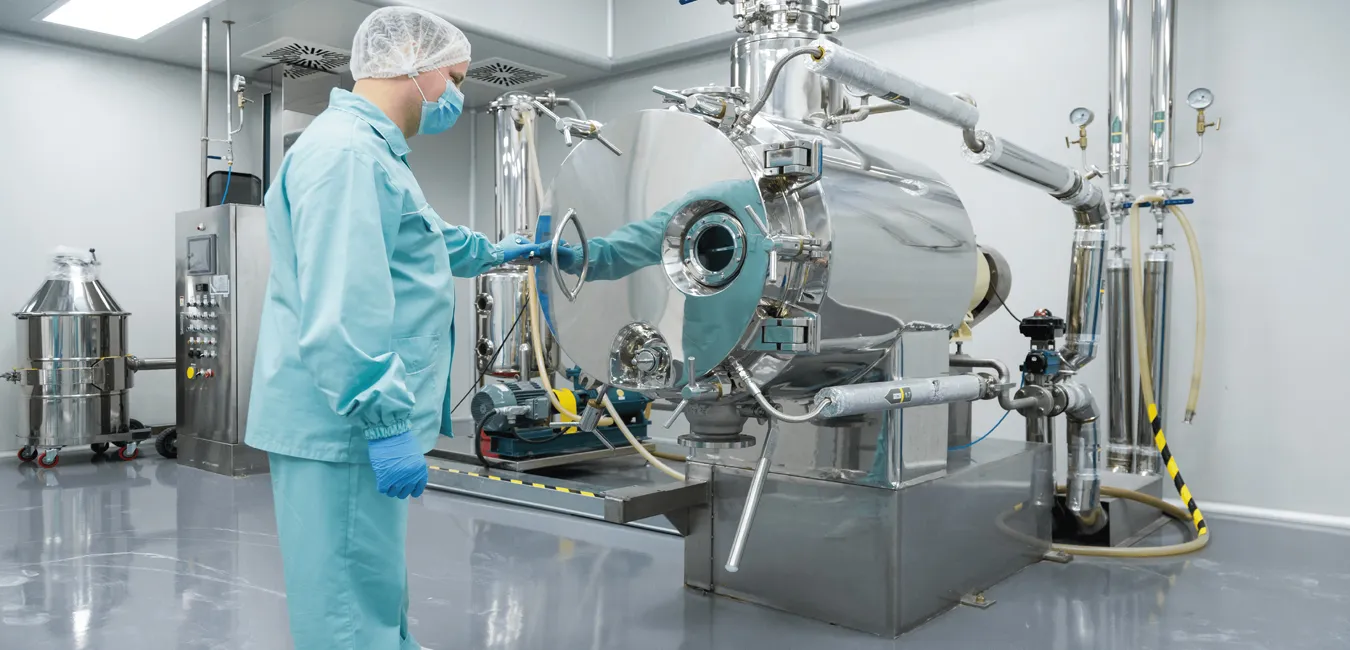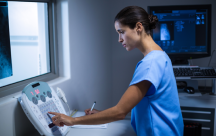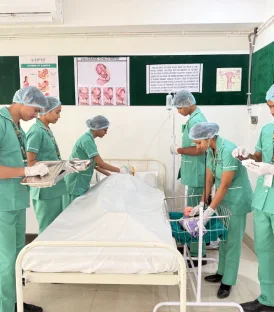October 13, 2025

According to the World Health Organization (WHO), the incidence rate of hospital-acquired infections (HAIs) among hospitalized patients is 7 in 100 in developed countries and 10 in 100 in developing countries. Infection control is one of the primary aspects to be addressed by hospitals and medical staff. In a modern medical setup like that of today, the Central Sterile Supply Department (CSSD) helps tackle challenges related to hygiene and sterilization of medical instruments and supplies. CSSD lies at the heart of medical care, responsible for the decontamination and fumigation of all surgical and diagnostic tools. In this blog, we outline the importance of the Central Sterile Supply Department (CSSD) and its core functions.
What is CSSD?
The Central Sterile Supply Department (CSSD) is a specialized department within hospitals and medical facilities responsible for the decontamination, sterilization, hygienic storage, and distribution of medical and surgical instruments used for diagnosis, treatment, and surgical procedures. This unit is often called the backbone of modern medical care, as it plays a vital role in preventing the spread of infections. The medical and paramedical staff employed in this unit ensure that each surgical instrument used in medical procedures is sterile and safe to use.
In earlier years, the sterilization process was decentralized, with each department in the medical unit being responsible for sterilizing its own surgical instruments. However, this led to inconsistencies, increased costs, and a higher risk of contamination. The introduction of CSSD to centralize this essential function brought about standardization, cost control, and accountability across hospitals.
Importance of CSSD
The Central Sterile Supply Department (CSSD) is an integral part of many healthcare services provided to patients. Although patients may not directly interact with this department, CSSD significantly impacts infection prevention, surgical safety, and operational efficiency within the hospital. An organized CSSD supports infection prevention for patients, while almost all clinical departments in the hospital rely on the CSSD for coordinated services.
Below are five key reasons why CSSD is crucial to the healthcare industry:
1. Prevention of Hospital-Acquired Infections (HAIs):
The World Health Organization (WHO) states that each year, millions of patients across the globe are diagnosed with hospital-acquired infections, many of which are directly linked to contaminated instruments. CSSD serves as the first line of defense against HAIs, helping to prevent infections and ultimately reducing morbidity, mortality, and the unnecessary costs associated with prolonged hospital stays.
2. Operational Efficiency in the Medical Unit:
A centralized sterilization process enables CSSD to be an efficient player in healthcare units. The systematic setup and timely delivery of sterilized instruments minimize surgical delays and ensure optimal use of hospital resources. The effective functioning of CSSD contributes to improved clinical outcomes, enhances patient experience, and strengthens overall institutional performance.
3. Compliance with Medical Standards and Accreditations:
Global and national accreditation bodies such as NABH, and WHO emphasize stringent sterilization and infection control procedures as prerequisites for quality healthcare. A properly organized CSSD helps hospitals systematically meet these standards and ensure patient safety, while also enhancing institutional credibility. Adhering to international standards enables hospitals to gain worldwide recognition and improve the quality of domestic practices.
4. Supporting Critical Care Units:
CSSD is essential for the functioning of every operating theatre, ICU, and emergency department by providing sterile, functional, ready-to-use instrument sets. By meeting these critical supply demands with precision and consistency, CSSD supports healthcare teams in delivering safe, efficient, and complication- free patient care.
5. Cost-Effectiveness and Resource Management:
The hospital CSSD extends the usable life of surgical instruments through systematic cleaning and sterilization, reducing the need for frequent purchases.
Additionally, it manages inventory accurately, ensuring neither shortages nor excessive stock. This balanced approach reduces inefficiencies, improves resource utilization, and supports long-term financial sustainability.
Conclusion: Shape Your Future with DPMI
The Central Sterile Supply Department (CSSD) is indeed the unsung hero in terms of patient safety. It saves lives by ensuring that every medical instrument is sterile, trusted, and reliable. By preventing infections, supporting critical care, and improving hospital efficiency, CSSD holds an irreplaceable place in today’s healthcare system.
DPMI recognizes the growing demand for qualified professionals in this specialized field. Our programs are dedicated to training students with scientific foundation, technical skills, and practical knowledge required to pursue a career in CSSD and monitor infection control practices in hospitals. By choosing DPMI, you're not just building a career in healthcare, but also making the world a safer and healthier place.
Also Read: Importance of Patient Safety in Radiation Treatment

















